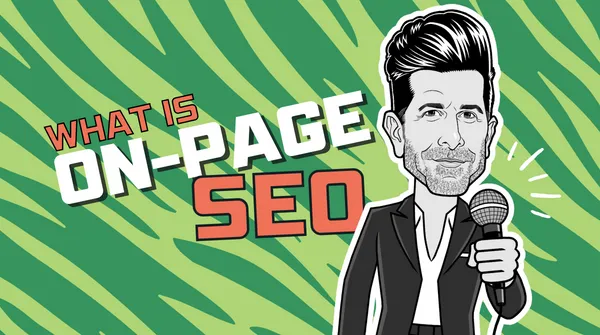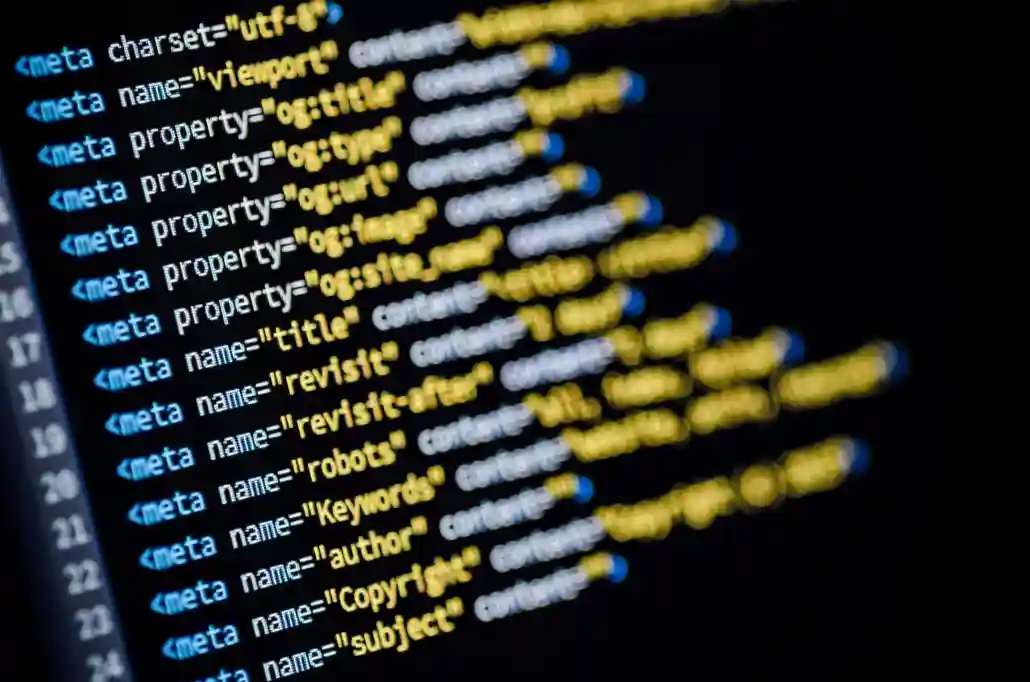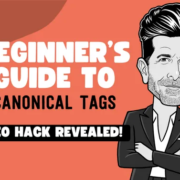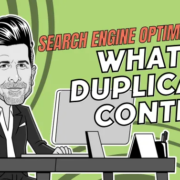What is On-Page SEO?

On-Page SEO is the manner by which search engines discover, crawl, and index your web page for search results. The algorithm search engines, such as Google, Yahoo!, and Bing, use to determine your page rank is ever changing. However, some key components always remain constant. These factors assist search engines in determining what your page is about, how relevant your content is it to the given subject matter, and how visitors behave when they come across your content. Below, please find the key components of on-page SEO and how they affect your page rank.
Key Components of On-Page SEO

URL Structure
https://vinnycarrots.com/what-is-on-page-seo
The actual URL of your page is important to your on-page SEO strategy. The ideal URL should be as short as possible, but contain targeting keywords. Finding a balance between the two will ensure your URL is search engine friendly.
Title Tags
<title>What is On-Page SEO?</title>
Titles not only help the reader quickly discover your page’s purpose, but also informs search engines. Each page and post on your site should contain a unique title. The best page titles include keywords relevant to the page, ensuring search relevance.
Meta Descriptions
<meta name="description" content="On-page SEO is important in ranking for your targeted keywords. Learn what and how to optimize your content for maximum visibility in search engines." />
Included in the meta tag is the meta description. The meta description is essentially that, a short description of the content contained on a given page.
Keyword Density
Once keywords have been established, it is important to reference those keywords throughout the content. However, do not simply use “keyword stuffing” and load up the page with these words, making a mess of the content. Instead, write content for the reader, not the search engine, and support the specified keywords with relevant information.
Heading Tags
Heading tags serve two purposes. One, it allows the reader to quickly scan you’re page to quickly find what they are looking for. Since most users scan content until they find what they are looking for, using heading tags is more user friendly. Second, heading tags inform search engines of the more important content on the page. Heading tags have a priority order. H1 is reserved for your page title, while subsequent H2, H3, H4, etc. are reserved for sections of content.
Image SEO
<img src="/what-is-on-page-seo.jpg" alt="what is on-page seo?" title="what is on-page seo?" />
It is best practice to add titles (title=””) and descriptions (alt=””) to all of your images. This informs the search engines that your image supports your content. In addition, visitors with disabilities who utilize screen readers will be able to “read” the content of the given image. If possible also rename or create your images with keywords in mind ex. what-is-on-page-seo.jpg, this is another way to optimize your page for specific keywords.
Title Attributes on Links
<a href="http://vinnycarrots.com/what-is-on-page-seo" title="what is on-page seo?"><img src="/what-is-on-page-seo.jpg" alt="what is on-page seo?" /><a>
Including title attributes with your links, both text and image, is a part of on-page SEO that sometimes gets overlooked. Adding a description discloses the destination of the link, and gives it credibility as well.
XML Sitemap
Just as sitemaps help the visitor navigate your website, XML sitemaps do the same for search engines. XML sitemaps assist search engines in the indexing process, making sure all pages, posts, and other information you want included is done so correctly. You can see our sitemap by clicking here.
Relevant Content
You can put all the keywords you want into the content of a page, but it won’t do you any good as far as your on-page SEO, or visitor satisfaction, is concerned. It is important to use pertinent keywords related to the subject of the page, and the remaining content support those keywords. Page content should be naturally written, satisfying both the visitor and search engine at the same time.

Internal Linking
Links among pages of your website are an integral part of on-page SEO. Just as you would like others to link to your webpage, you want visitors to be able to navigate effortlessly within your website. Internal linking enables search engines to crawl your page and ensures indexing of all relevant page.
For more information on Search Engine Optimization best practices, check out Yoast’s blog post on “The Ultimate Guide to Content SEO“.





Internal SEO includes all the SEO elements that you have control over. If you own a website, you can control the technical issues and the quality of your content. We believe that you should be able to have all these factors in your hands. Remember: If you build a great website, it will definitely have a higher ranking potential. Focusing on internal SEO also increases the probability of success of external SEO strategy